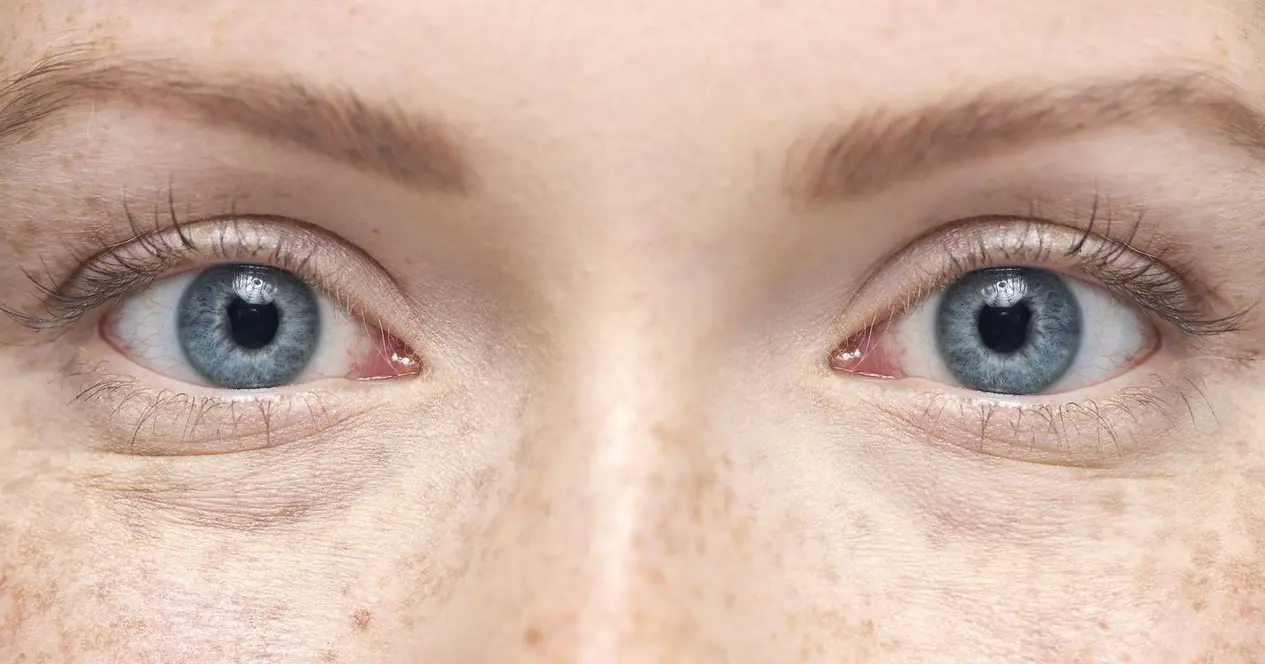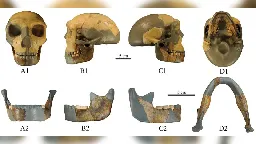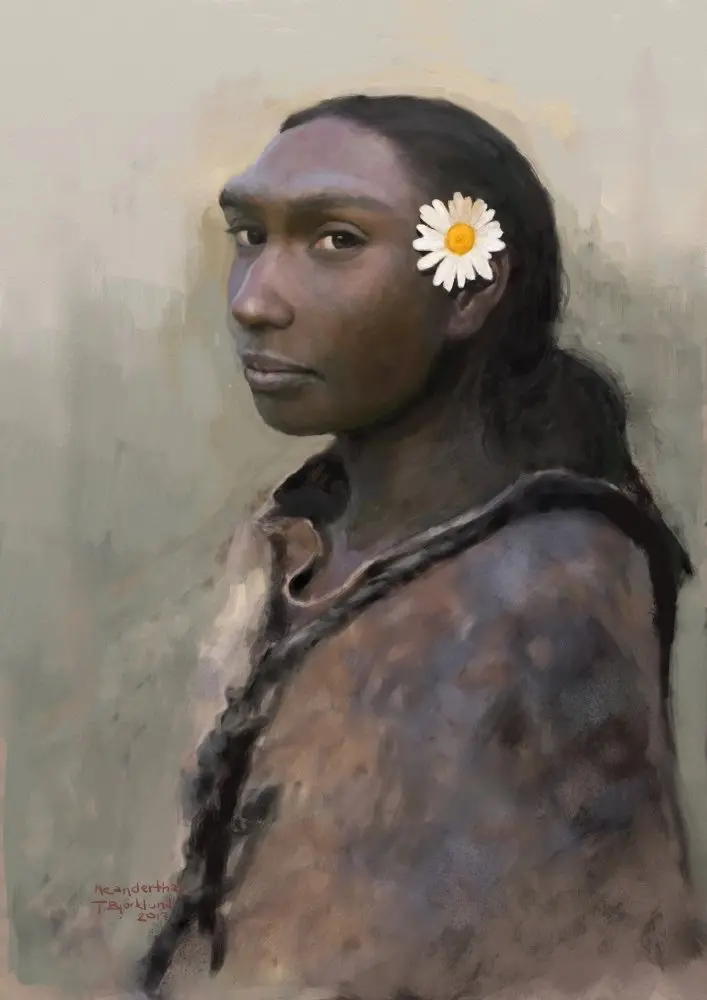- www.theguardian.com Neanderthal DNA may explain why some of us are morning people
Scientists find genes inherited from our prehistoric cousins increase tendency to rise early – useful in regions with short winter days

- www.earlham.ac.uk 10 surprising things you might not know about evolution
Evolution is at the heart of how and why we decode complex genomes at Earlham Institute. There’s much more to the story than gradual changes over millions of years.

-
Blue-eyed humans are new, and the gene traces back to a singular mutation.


TLDR: Blue eyes result from having two recessive blue eye genes from both parents. The majority of blue-eyed individuals share a single H-1 haplotype (a group of genes within an organism that was inherited together from a single parent), indicating a common ancestor.
How do blue eyes work?: "A person needs only one dominant brown-eyed gene (from one parent) to be brown-eyed but needs to have two recessive blue-eyed genes (one from each parent) to be blue-eyed. Eye color is controlled not by one gene passed from parent to offspring, but by two genes working in tandem.
These genes are called OCA2 and HERC2 (represented as O, o, H and h in Image 2). The simplified explanation is that the OCA2 gene controls pigment in the stroma (the tissue and blood vessels) of the iris (the colored part of the eye around the pupil) and the HERC2 gene is needed to help turn on the OCA2 gene to cause it to produce this pigment, resulting in brown eyes. If a person has a non-functioning OCA2 gene, they will always have blue eyes, because the HERC2 gene can't make the broken OCA2 gene work."
How do we know all blue eyed people are related?: "Homo sapiens (modern humans) emerged around 200,000 years ago in Africa, but the mutation that causes blue eyes did not appear until sometime around 10,000 years ago.
In a study conducted by Professor Hans Eiberg and a team from the University of Copenhagen, researchers examined mitochondrial DNA from 155 blue-eyed subjects from Denmark, two from Jordan, five from Turkey, and 45 brown-eyed candidates, looking at the locus (specific location or position of a gene) responsible for brown or blue eyes. The result was the discovery that more than 97% of blue-eyed people share the single H-1 haplotype (a group of genes within an organism that was inherited together from a single parent). Eiberg and his team write, “A shared haplotype among blue-eyed individuals is almost perfect and suggests the blue color phenotype is caused by a founder mutation.” This means that the vast majority of people with blue eyes share a single inherited genetic mutation, rather than each person with blue eyes possessing a unique mutation.
The study also tested seven blue-eyed Mediterranean individuals unrelated to the Danish participants as a control group. They, too, carried the H-1 haplotype. These individuals with the H-1 haplotype all inherited the same switch at the same location in their genetic coding, whereas, brown-eyed individuals have a number of variations in melanin production and DNA, with brown-eyed phenotypes being spread out between haplotypes H-5 and H-10. In short, almost all blue-eyed people came from a single ancestor, which is proven by the possession of the exact mutation at the same location in their genetic coding. "
- www.cnn.com 300,000-year-old skull found in China unlike any early human seen before | CNN
An ancient skull dating back 300,000 years is unlike any other premodern human fossil ever found, potentially pointing to a new branch in the human family tree, according to new research.

"An ancient skull dating back 300,000 years is unlike any other premodern human fossil ever found, potentially pointing to a new branch in the human family tree, according to new research.
An international team of researchers from China, Spain and the United Kingdom unearthed the skull — specifically the mandible, or lower jaw — in the Hualongdong region of eastern China in 2015, along with 15 other specimens, all thought to originate from the late Middle Pleistocene period.
Scientists believe the late Middle Pleistocene, which started around 300,000 years ago, was a pivotal period for the evolution of hominins — species that are regarded as human or closely related — including modern humans.
Published in the Journal of Human Evolution on July 31, a study by the research team found that the mandible, known as HLD 6, is “unexpected” and does not fit into any existing taxonomic groups.
Many Pleistocene hominin fossils discovered in China have been similarly difficult to classify, and were previously perceived to be anomalies, according to the study. However, this discovery, along with other recent research, is slowly changing what people know of the evolutionary pattern in the late Middle Pleistocene.
It is similarly shaped to the mandible of Homo sapiens, our modern human species that evolved from Homo erectus. But it also shares a characteristic of a different branch that evolved from Homo erectus, the Denisovans. Like the Denisovans, HLD 6 does not appear to have a chin.
“HLD6 does not present a true chin but has some weakly expressed traits that seem to anticipate this typically H. sapiens feature,” said study author María Martinón-Torres, director of the National Research Center on Human Evolution (CENIEH) in Spain.
“Hualongdong are thus the earliest fossil population known in Asia to present this mosaic of primitive and H. sapiens-like features,” she added.
The researchers theorize that HLD 6 must belong to a classification that hasn’t yet been given a name, and that modern human characteristics could have been present as early as 300,000 years ago — before the emergence of modern humans in east Asia. "



